
Embarking on your first international trip is a thrilling milestone in any traveler’s journey. The excitement of exploring a new country can sometimes be accompanied by a mix of curiosity, nervousness, and uncertainty. If you’re about to take your first international journey, you may wonder how to make the experience smooth and memorable. We’ve compiled some expert advice to help you plan the best trip abroad, along with five top destinations that are perfect for first-time travelers.
How to Plan Your First International Trip
1. Choose Your Travel Companions Wisely
Before diving into the details of your trip, it’s important to decide who will accompany you on this adventure. Some travelers opt for solo trips, while others prefer to share the experience with loved ones. Traveling with a partner, friends, or family can ease some of the anxieties that come with navigating a new country, providing support and creating shared memories. Group trips also allow everyone to take on different responsibilities, making planning more enjoyable.
2. Set a Realistic Budget
One of the most crucial aspects of your trip is budgeting. While it may not be the most exciting part of planning, having a clear idea of your budget is essential to avoid surprises during your travels. Determine how much you’re willing to spend on accommodation, activities, dining, and souvenirs. Being mindful of your budget will allow you to tailor your trip to your preferences, ensuring you don’t overspend or face unexpected costs along the way.
3. Identify Your Interests
Another key factor in planning is deciding what type of activities you enjoy. Are you an adventurous hiker or someone who prefers to explore cultural landmarks? Knowing what interests you most will help narrow down your destination and craft an itinerary that excites you. Remember, plans might shift if you’re traveling with others who have different interests, so make sure to discuss preferences in advance to keep everyone happy.
4. Consider Cultural Factors
For your first international trip, think about how easy it will be to immerse yourself in the local culture. Consider the convenience of public transport, language barriers, and the overall cultural environment. It’s always better to travel somewhere that makes you feel comfortable while still offering the excitement of new experiences. A place where communication is easy and you can navigate the city with ease can make your trip much more enjoyable.
5. Seek Professional Help
Planning your first international trip doesn’t have to be overwhelming. Travel agencies and holiday experts are available to assist in crafting the perfect holiday that matches your preferences. Whether you choose a guided tour, an all-inclusive vacation, or an independent adventure, travel experts can help you with the logistics, leaving you to focus on the fun part—exploring your chosen destination.
Top 5 Destinations for Your First International Trip
Ready to book your first international trip? Here are five incredible places that are perfect for first-time travelers.
1. London, United Kingdom
London is one of the most iconic cities in the world, making it a fantastic choice for first-time international travelers. With English being the primary language, communication is straightforward, and the city’s extensive public transportation system (including the famous Tube) makes getting around easy. London offers an array of activities, from visiting Buckingham Palace to enjoying West End theater productions like The Lion King and Mamma Mia.
Though some perceive London as an expensive destination, it’s possible to find affordable dining options and free attractions like the Sky Garden, offering panoramic views of the city. Whether you’re traveling solo or with a partner, London’s rich history and vibrant culture make it a wonderful place to start your international travel journey.
2. Amsterdam, The Netherlands
Amsterdam is known for its picturesque canals and laid-back atmosphere, making it a perfect first destination for those looking to unwind while exploring. The city offers a blend of culture and charm, with art lovers flocking to the Van Gogh Museum and history enthusiasts enjoying the iconic Anne Frank House. Amsterdam’s compact size makes it easy to explore by foot or bike, and it serves as a great base for exploring nearby areas like Zaandam and the windmill village of Zaanse Schans.
Whether you’re a solo traveler or traveling with friends, Amsterdam’s mix of artistic heritage, local culture, and easy-going vibe makes it an ideal location for your first international adventure.
3. Hanoi, Vietnam
If you’re looking for a destination that offers a rich cultural experience, Hanoi is a top choice. Known for its historic sites, vibrant streets, and delicious food, the city is a perfect blend of tradition and modernity. The Old Quarter, with its 36 streets, is an excellent place to explore, offering local crafts, authentic Vietnamese dishes like pho, and unique shopping experiences.
For a more peaceful experience, take a trip to nearby Sapa, a picturesque mountain town. Whether you’re a solo adventurer or traveling with family, Hanoi offers a dynamic and immersive experience that makes it a fantastic first destination.
4. Osaka, Japan
Japan is one of the most sought-after destinations for international travel, and Osaka is the perfect entry point for first-time visitors. Known for its blend of traditional culture and modern innovation, Osaka offers less hustle and bustle than Tokyo, making it easier for newcomers to explore. Visitors can marvel at Osaka Castle, visit the vibrant Dotonbori district, or take day trips to nearby Kyoto and Nara.
Osaka is ideal for solo travelers, couples, and families looking for an unforgettable experience that combines both tradition and modern attractions. The city’s accessible public transportation system and welcoming atmosphere make it a great place to start your Japanese adventure.
5. Cappadocia, Turkey
For those seeking a truly unique destination, Cappadocia offers surreal landscapes that will leave you in awe. Known for its hot air balloon rides over the fairy-tale-like rock formations, Cappadocia is a place where adventure meets beauty. The underground city of Derinkuyu and the stunning Goreme National Park provide a glimpse into the region’s ancient history.
Cappadocia is perfect for those looking for a romantic getaway or a solo adventure that will take them off the beaten path. With its breathtaking views and once-in-a-lifetime experiences, it’s a memorable choice for your first international journey.
Conclusion
Your first international trip is an exciting adventure that opens up a world of new experiences. Whether you’re seeking culture, history, nature, or simply a relaxing escape, there’s a perfect destination waiting for you. Plan ahead, consider your interests, and seek guidance from experts to ensure that your first international trip is one you’ll never forget. Enjoy the journey!









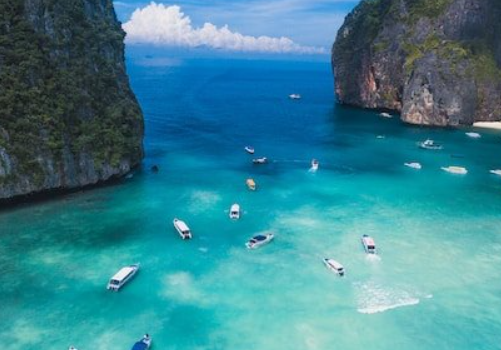
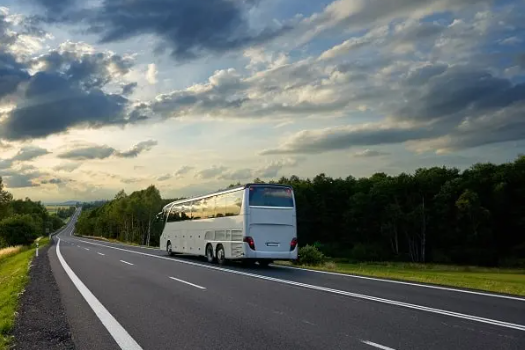
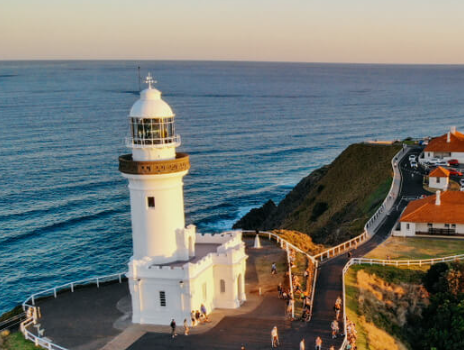
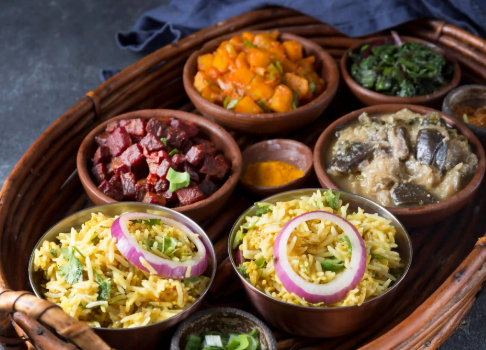
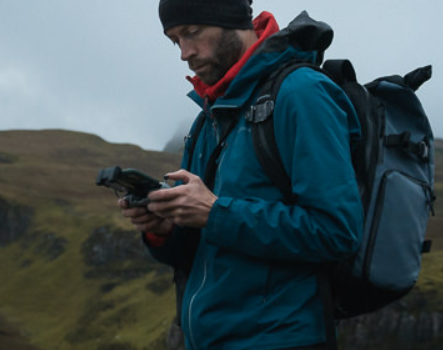
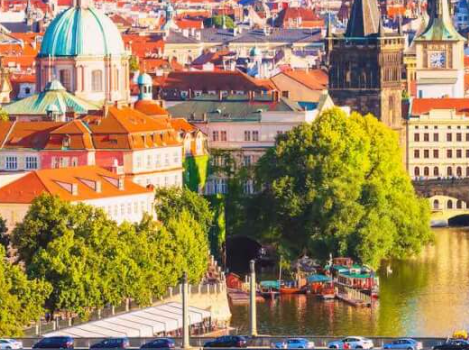
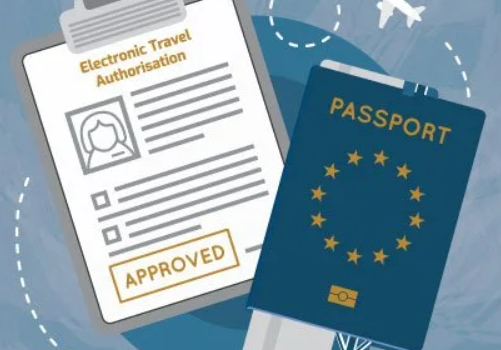

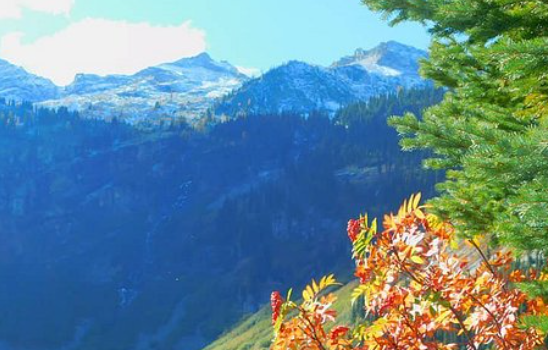


Comments